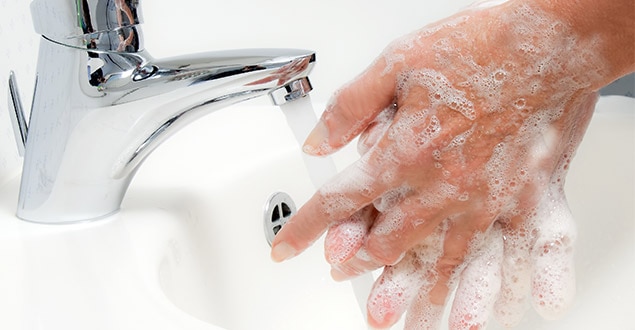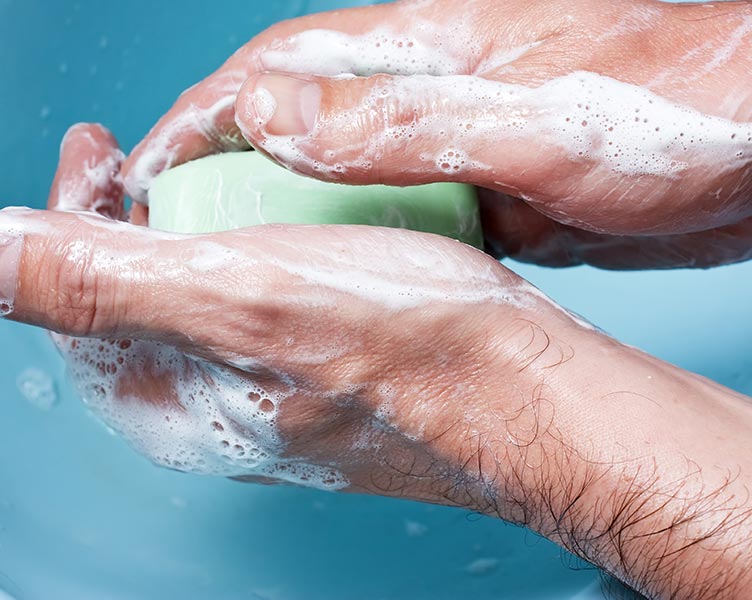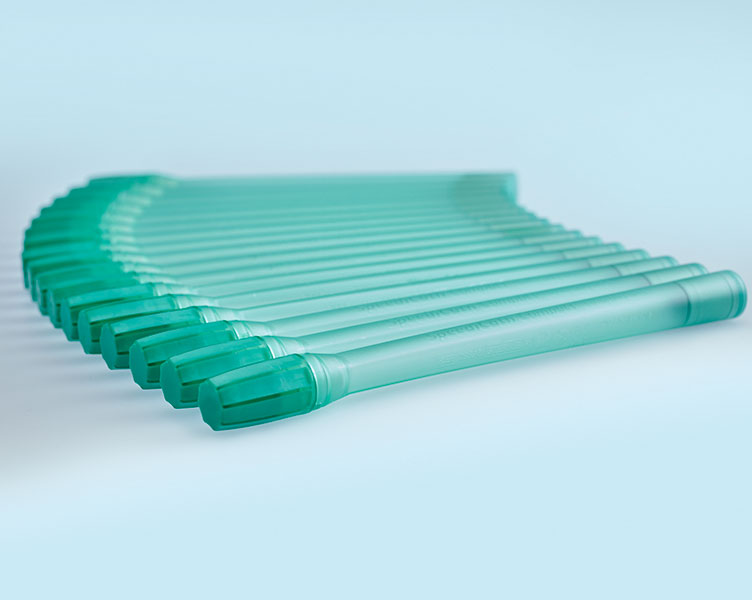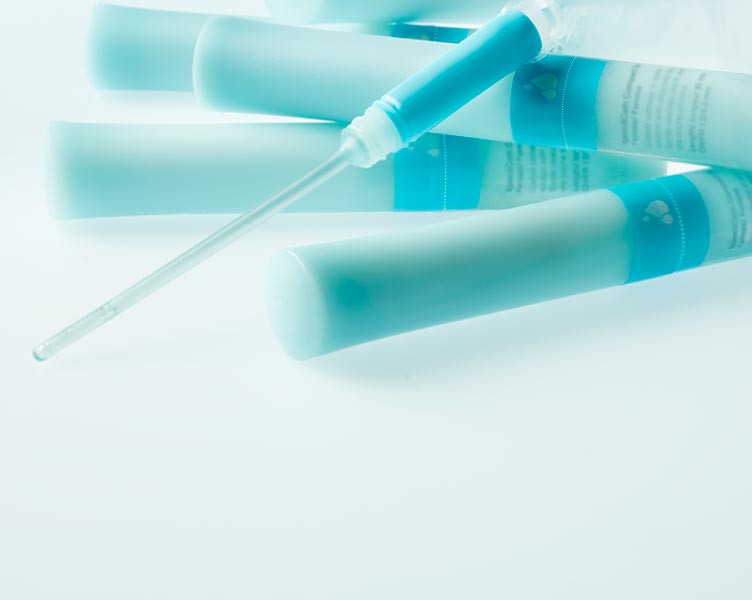Samantha: I always carry baby wipes with me to clean myself. I prefer those to toilet paper. I always wash my hands before and after catheterising. I feel like clean hands are key to maintaining a healthy bladder.
Even though using a single use catheter reduces the likelihood of infection compared to indwelling catheters, it is still essential that you maintain good hygiene.
Wash your hands
Soap and water is fine, and an antibacterial hand gel can be used instead if you are somewhere where water is not available.
Cleanse genital area
This should be done from front to back. Mild soap and water is all that is required. Dry with a clean pad or towel. Do not touch anything else apart from your catheter after you washed your hands – and only touch the body parts that are meant to be touched to perform catheterisation.

What if I’m in a public toilet?
If you need to touch anything after you wash your hands – such as the door handle or the hand rims if you’re in a wheel chair – it’s important to use hand-sanitising gel or wash your hands again.
How often should I discard my catheter?
According to international guidelines it is recommended to use a new sterile catheter for each time you perform intermittent catheterisation. The reason is to obtain good bladder health and prevent urinary tract infections.
Watch the instruction videos on how to insert a catheter (male and female), where optimal hygiene before and after is introduced.



